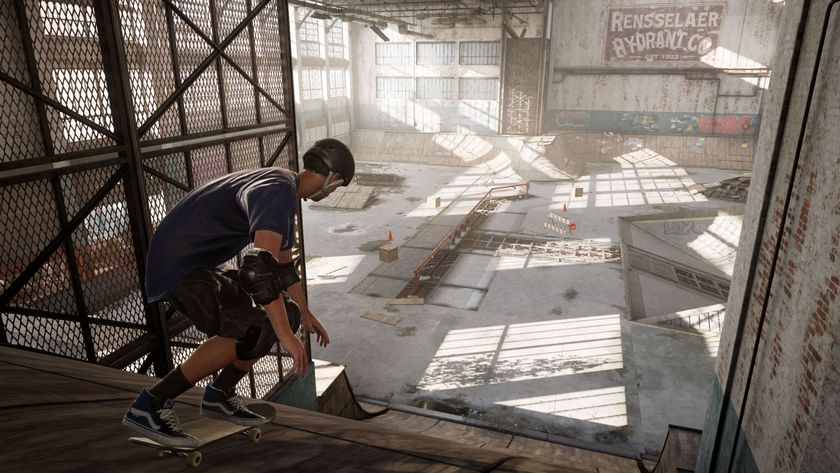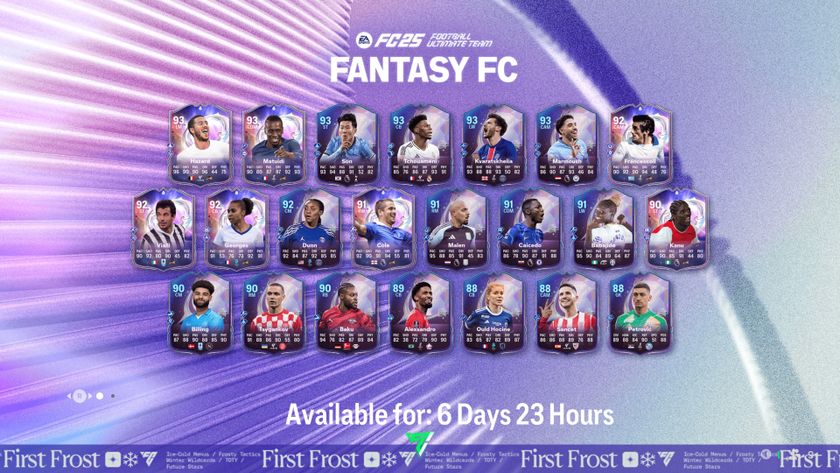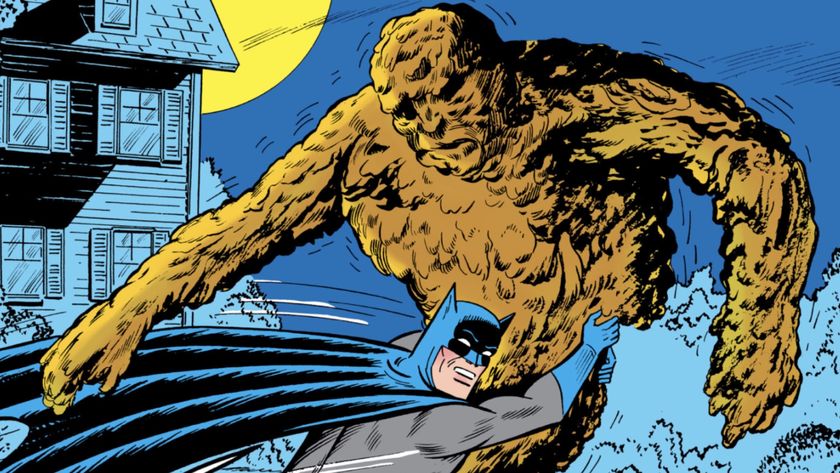FIFA 21 Career Mode guide to pick the right club, scout the best players and improve your youth team
Master development, scouting and transfers with our FIFA 21 Career Mode guide
FIFA 21 Career Mode: Improving players
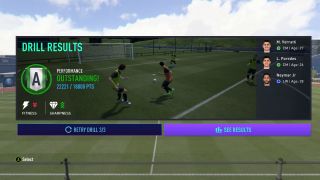
In FIFA 21, player development is more important than ever. The effort you put in off the pitch can have a huge impact on it, so it is vital to make sure your players are always at their best. That importance is underscored by the introduction of Development Plans and the new weight given to playing training drills (as opposed to simply simulating them).
Leverage these two powerful tools and you find your players not only develop faster, but in more focused ways that are more relevant to the way you want to play. That is a great level of customization that was not possible in previous versions of FIFA and adds more depth and immersion to career mode.
FIFA 21 Career Mode: Development Plans
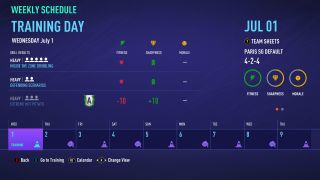
So, what exactly are Development Plans? Simply put, they are blueprints that help guide your players’ development over time, making sure their attributes improve in the specific ways you want so that they fit your tactical style. They give you much more control, enabling you to precisely mould your squad, rather than leaving it up to the FIFA gods. Do you want your striker to act as a poacher or a target man? Do you want your central defender to be able to play out from the back or focus on tackling and marking? With Development Plans, you can choose.
To set a player’s plan, go to the squad hub or youth academy and select a player. Click the Show Actions button; the first thing highlighted is Development Plan. Click this and you see a list of growth plans on the left, with the player’s attributes on the right. As you scroll down the list of plans, the attributes that will be affected are highlighted. Use this to determine which role best suits your team’s tactics and the way you want to use the player.
Aside from setting a growth plan, you can train a player to an entirely new position. Press RT/R2 to see a list of outfield positions the player can be retrained to, then select one to enact the Development Plan.
At the top of the screen you can see the player’s progress towards his next OVR (current ability) point. Next to that is an ETA telling you how long it will take for the player to advance. This ETA will change based on the Development Plan or positional change you select, with more general plans and more radical positional changes taking longer. To the right of this you see the player’s ratings for skill moves, weak foot, attacking work rate, and defensive work rate. Each of these can also be improved with certain plans.
FIFA 21 Career Mode: Training
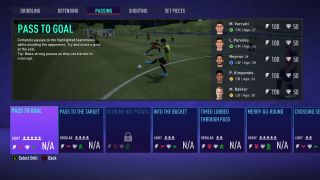
In previous versions of FIFA, training was something of a fire-and-forget activity. It was much quicker to simply simulate your training sessions, especially for drills that you found difficult, and let the game take the strain for you. In FIFA 21, that has all changed, with much more importance being placed on you playing the training drills yourself.
This year sees the introduction of a new metric: sharpness. This refers to how likely a player is to perform at their best in important moments during matches: a player with high sharpness is more likely to put away a goalscoring opportunity or make a key tackle than someone whose sharpness is lacking. The more you train players, the more their sharpness increases.
However, you cannot simply train all your players as much as possible and reap the rewards. In FIFA 21, sharpness must be balanced with fitness. The more you train your players, the lower their fitness gets, making it more likely they will run out of energy before a game has finished and need to be substituted.
It is therefore vital to find a careful balance between sharpness and fitness. You can do this by mixing in rest and recovery days among your training days. To get started, click Weekly Schedule on the Central tab, or head to the Season tab, click Calendar, then press Y/Triangle to adjust your training schedule.
By default, your team alternates between one training day and one rest day during the week. The day before a match is always a rest day (even if the day before was also a rest day), and the day after a match is always a recovery day.
To change this, move the right thumb stick left or right to show the schedule rules. Press Y/Triangle and you can change the general rules that will apply going forward: you can define what happens the day before a match and the day after a match, and also set a weekly plan. Your choices here are Intermittent Training, Intermittent Rest, Only Training, and Only Rest. You can see the impact on player fitness, sharpness, and morale on the left-hand side whenever you make a change to the schedule.
Broadly speaking, it is best to stick to the defaults here unless you have a specific scenario in mind. An extremely busy schedule may warrant more rest than usual to ensure your players do not burn out, for example. Otherwise, there is no need to change much.
Current page: FIFA 21 Career Mode guide: development
Prev Page FIFA 21 career mode guide Next Page FIFA 21 career mode guide: scoutingSign up to the 12DOVE Newsletter
Weekly digests, tales from the communities you love, and more

Alex Blake is a freelance writer, who has written extensively for TechRadar, T3, Digital Camera, Digital Trends, CreativeBloq, MacFormat, and GamesRadar. He's a huge FIFA fan and loves FIFA career mode so much so that he runs a site devoted to it at FIFAscoutingtips.com.
